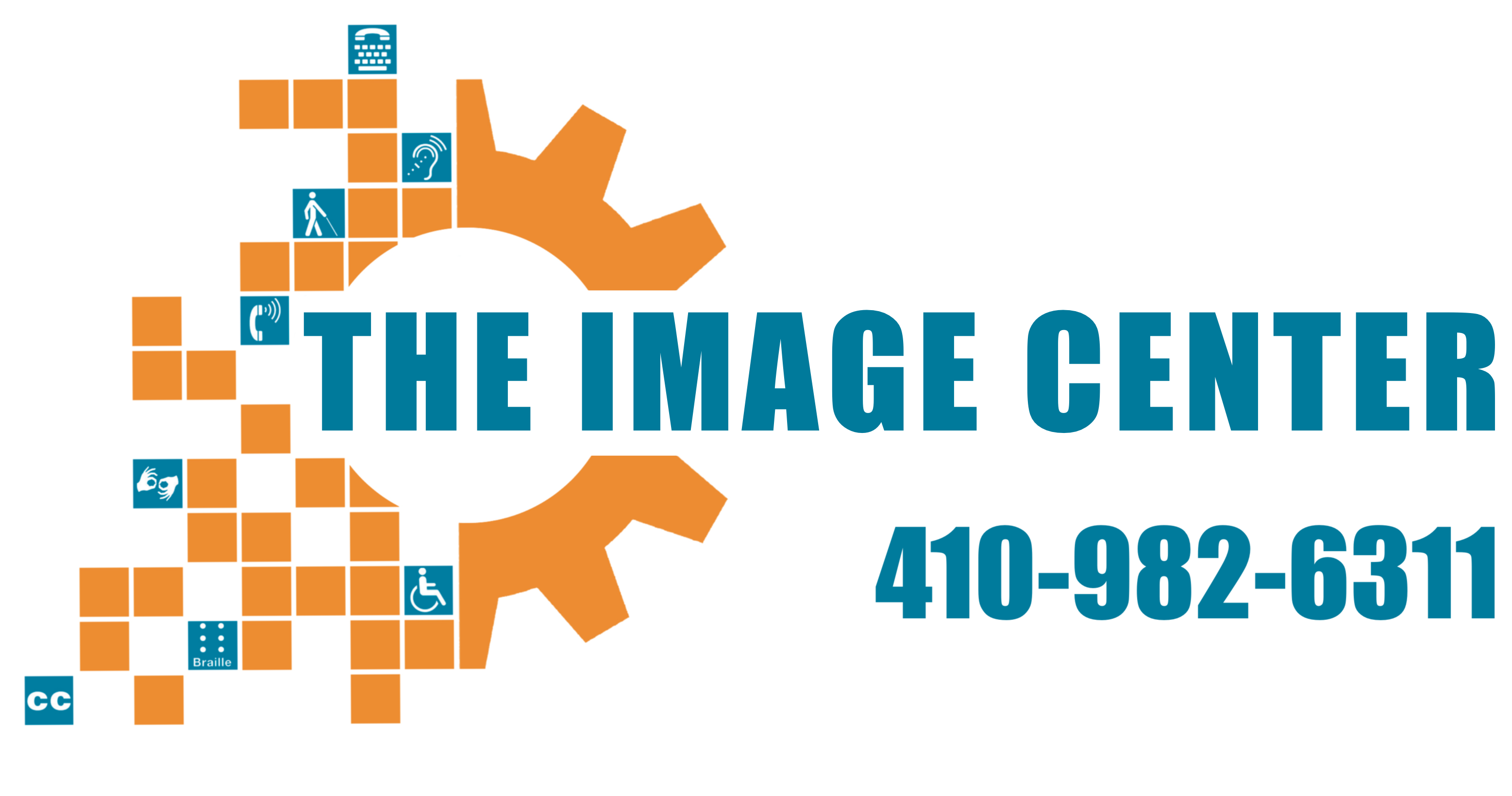January always ushers in a new year, and many take the opportunity to develop New Year’s Resolutions during this month. While Resolutions can take many forms (including diet, exercise, etc.), the Free Bridges Helpdesk offers some tips for helping you get the access you need with Resolutions for Resilience. Coaching Your Teachers on Accessibility Controlling […]
Category: Series: Resolutions for Resilience, January 2022
January always ushers in a new year, and many take the opportunity to develop New Year’s Resolutions during this month. While Resolutions can take many forms (including diet, exercise, etc.), the Free Bridges Helpdesk offers some tips for helping you get the access you need with Resolutions for Resilience. Coaching Your Teachers on Accessibility Controlling […]
January always ushers in a new year, and many take the opportunity to develop New Year’s Resolutions during this month. While Resolutions can take many forms (including diet, exercise, etc.), the Free Bridges Helpdesk offers some tips for helping you get the access you need with Resolutions for Resilience. Coaching Your Teachers on Accessibility Controlling […]
January always ushers in a new year, and many take the opportunity to develop New Year’s Resolutions during this month. While Resolutions can take many forms (including diet, exercise, etc.), the Free Bridges Helpdesk offers some tips for helping you get the access you need with Resolutions for Resilience. Coaching Your Teachers on Accessibility […]
